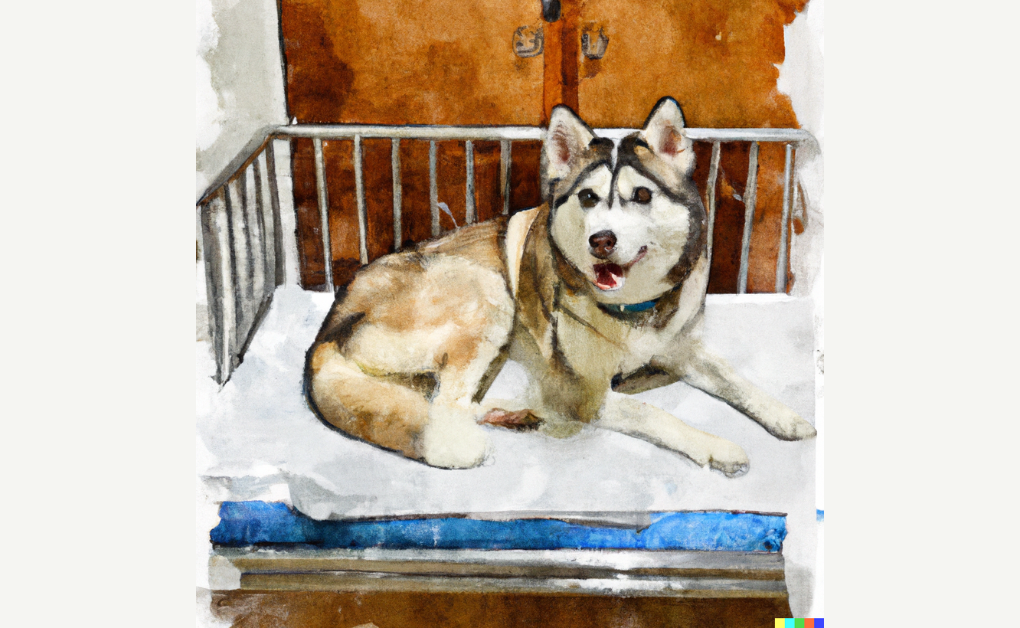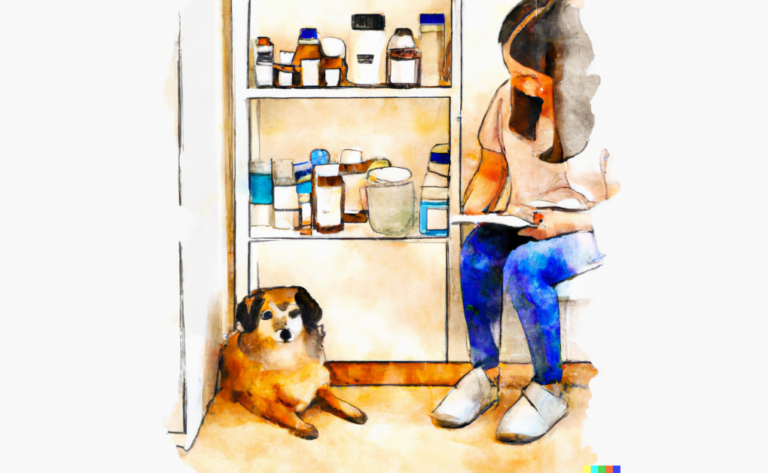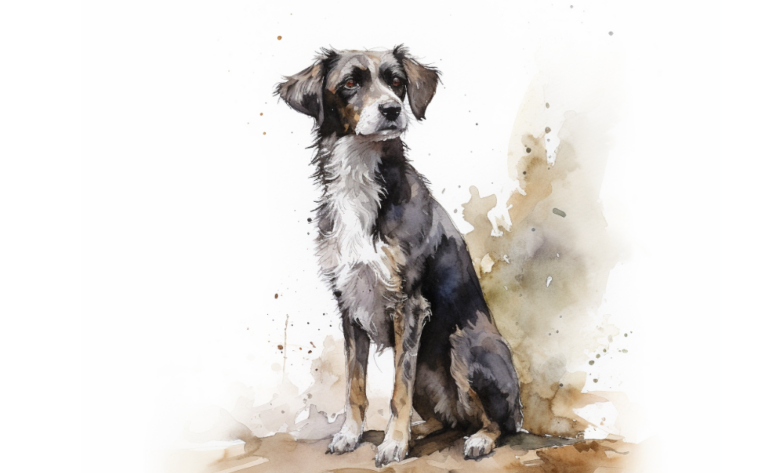Ectopic Ureters Causing Urinary Incontinence in Dogs
Introduction
When Sam noticed that his young and energetic dog, Daisy, had begun leaving little puddles of urine around the house, he knew something wasn’t quite right. As a responsible pet owner, Sam took Daisy to the vet for a thorough examination, only to discover that she was suffering from urinary incontinence caused by ectopic ureters.
Ectopic ureters in dogs can cause urinary incontinence due to the abnormal positioning of the ureters, which are the tubes that transport urine from the kidneys to the bladder. Normally, these ureters enter the bladder at a specific location, allowing for proper urine storage and controlled release. The muscle at the bladder’s exit, the urethral sphincter, further aids in the storage and controlled release of urine. When the ureters are positioned correctly, and the sphincter functions as it should, dogs can hold their urine until they consciously release it.
However, when a dog has ectopic ureters, these ureters bypass the proper entrance to the bladder and enter elsewhere, such as directly into the urethra or vagina, in female dogs. This misplacement means that the urine may not be stored properly in the bladder and can leak out involuntarily, resulting in urinary incontinence. This issue might be continuous, with the dog dribbling urine all the time, or it may only occur when the dog is relaxed.
The ectopic ureters can also cause issues with the functioning of the urethral sphincter. In some cases, the abnormally placed ureters can interfere with the sphincter’s ability to close completely, further contributing to the problem of urinary incontinence.
It’s worth noting that urinary incontinence can lead to secondary issues like skin irritations or infections due to constant wetness and urinary tract infections due to abnormal urine flow. Therefore, addressing ectopic ureters promptly is crucial to prevent these secondary problems.
Causes of Urinary Incontinence in Dogs
Ectopic ureters are a congenital condition, meaning the abnormality is present when a puppy is born. The term “ectopic” refers to something that is out of place, and in this instance, it describes the ureters’ failure to properly connect to the bladder, which is their normal position. Instead, they incorrectly link to a different part of the urinary tract.
The foremost cause of this condition remains unknown, yet two theories predominate.
Genetics
Certain dog breeds, such as Labrador Retrievers, Golden Retrievers, Siberian Huskies, and Bulldog breeds, show a higher incidence of ectopic ureters, suggesting a genetic predisposition. The condition also seems to affect females more than males.

Developmental Errors
An error during the developmental stage in the womb may result in this abnormality. The ureters, the tubes carrying urine from the kidneys to the bladder, may fail to enter the bladder correctly. Instead, they may connect to the urethra or even the vagina in female dogs, leading to constant urine leakage.
Anatomical Differences
There are instances where the ureters do not connect correctly. In some cases, only one ureter may improperly attach, known as a unilateral ectopic ureter, while in others, both ureters may misposition, known as bilateral ectopic ureters. This mispositioning can lead to continuous dribbling of urine since it bypasses the bladder entirely.
A veterinarian may suspect an ectopic ureter when a dog presents symptoms like continuous urine leakage, especially if it’s a young female dog of a predisposed breed. Further diagnostic tests are necessary to confirm the condition. When a diagnosis of ectopic ureters is made, the veterinarian will discuss the most appropriate treatment strategies. Treatment should be personalized, considering factors such as the dog’s age, overall health, breed, and severity of the condition. It’s important to remember that every dog is unique, and what works for one may not work for another.
Diagnosis and Treatment for Ectopic Incontinence
Diagnosing ectopic ureters in dogs usually involves several steps. Initially, your veterinarian may take a urine sample for a urine culture to check for infections causing inappropriate urination. A thorough physical examination is conducted, especially focusing on the urinary system.
Advanced diagnostic tools like abdominal ultrasound, computed tomography (CT), and cystoscopy, a procedure involving a camera on the end of a flexible tube inserted into the urethra, are often utilized. These tests are critical for visualizing the ureters and where they enter the bladder. Ectopic ureters, which continue inside the bladder, are rare, but the ureteral opening can be abnormally positioned.
Treatment for ectopic ureters is usually surgical, specifically soft tissue surgery, to correct the anatomical abnormalities where the ureters do not connect properly to the bladder. This surgery often requires general anesthesia. Post-surgery, the dog’s urinary continence often improves, although some dogs with severe urge incontinence may require additional treatment to remain fully continent.
Remember, although the kidney and ureter are related, the management of ectopic ureters focuses on correcting where the ureters enter the bladder. Approximately 50% of dogs with an ectopic ureter will not experience incontinence after proper treatment. A professional should always carry out these procedures to ensure the best outcome, as ectopic ureters are complex.

Prognosis of Urinary Incontinence in Dogs
Urinary incontinence due to ectopic ureters can be a challenging condition to manage. Still, with appropriate treatment, many dogs can have a positive prognosis and live a normal, high-quality life.
The prognosis for dogs treated with surgery or laser ablation for ectopic ureters generally depends on the severity of the condition, the dog’s overall health, and any concurrent health issues. Some dogs may become completely continent following treatment, while others may have improved but not entirely resolved incontinence. Factors such as the presence of urinary tract infections, the dog’s age at diagnosis, and the specific anatomical configuration of the ectopic ureter can all impact the prognosis.
While surgical correction or laser ablation can significantly improve or even resolve urinary incontinence in many cases, it’s important to note that some dogs may have some degree of incontinence even after treatment. This is particularly true if there’s damage to the urinary sphincter or the dog has other concurrent conditions affecting the urinary tract.
Medical management can also be beneficial, particularly in dogs with mild incontinence. However, it’s not a cure and requires ongoing treatment and regular vet check-ups to manage the condition effectively.
Frequently Asked Questions
Disclaimer: The information provided on this veterinary website is intended for general educational purposes only and should not be considered as a substitute for professional veterinary advice, diagnosis, or treatment. Always consult a licensed veterinarian for any concerns or questions regarding the health and well-being of your pet. This website does not claim to cover every possible situation or provide exhaustive knowledge on the subjects presented. The owners and contributors of this website are not responsible for any harm or loss that may result from the use or misuse of the information provided herein.







